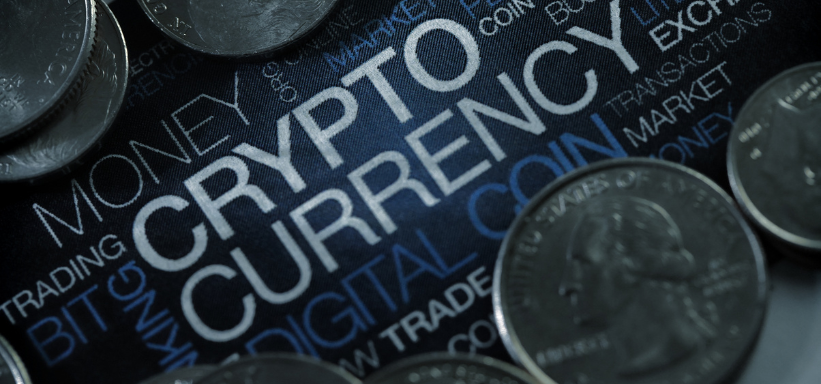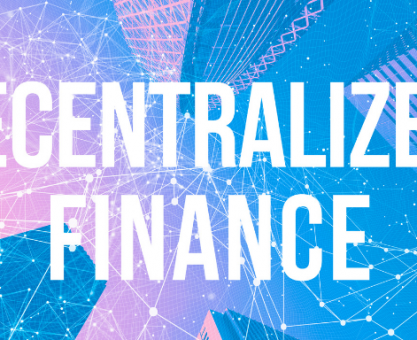Executive Summary
-
DeFi enables smarter crypto diversification through decentralized, transparent, and high-yield financial services.
-
Investors benefit from broader accessibility, innovative earning models, and higher potential returns.
-
Risks include market volatility, regulatory ambiguity, and smart contract vulnerabilities.
-
This guide provides actionable steps and expert insights to incorporate DeFi into your investment strategy.
-
Tools and resources are included for streamlined DeFi portfolio management.
Introduction
In a landscape where traditional financial systems are being disrupted, Decentralized Finance (DeFi) is redefining how investors engage with digital assets. Why does this matter? Because in the volatile world of crypto, diversification is key to risk management and sustainable growth. DeFi offers unparalleled opportunities to diversify beyond holding coins—through lending, yield farming, staking, and liquidity provision. This article explores how investors can harness DeFi for better risk-adjusted returns.
Definitions / Context
DeFi (Decentralized Finance) refers to blockchain-based financial applications that eliminate intermediaries by using smart contracts on networks like Ethereum.
Smart Contracts are self-executing contracts coded on blockchain platforms that automate transactions.
Yield Farming and Liquidity Pools are common DeFi practices that allow users to earn interest or fees on their holdings.
Benefits / Pros
-
Open Access – Anyone with internet and a wallet can participate—no banks or brokers needed.
-
High Yields – DeFi protocols often offer higher APYs than traditional savings or lending options.
-
Transparent Operations – All actions are recorded on a public blockchain, increasing accountability.
-
Diverse Options – From stablecoins to high-risk tokens, investors can build highly customizable portfolios.
-
Constant Innovation – New DeFi protocols offer evolving financial tools and market access.
Risks / Cons / Challenges
-
Smart Contract Vulnerabilities – Exploits in poorly written code have led to high-profile losses.
-
Regulatory Risk – Global authorities are still defining how DeFi fits into financial regulations.
-
Volatility – Token prices can swing wildly, affecting yields and capital.
-
Complexity for Beginners – Navigating wallets, gas fees, and protocols can be overwhelming without guidance.
Step-by-Step Process
How to Integrate DeFi into Your Crypto Portfolio
-
Educate Yourself – Understand the DeFi ecosystem and how it differs from traditional finance.
-
Choose a Wallet – Use non-custodial wallets like MetaMask or Trust Wallet to access DeFi protocols.
-
Start with Stablecoins – Begin with low-volatility assets like USDC or DAI to learn without taking excessive risk.
-
Try Yield Farming & Staking – Use platforms like Aave, Compound, or Yearn Finance to start earning yields.
-
Diversify Protocols – Don’t lock funds into just one platform—spread across multiple DeFi apps to reduce exposure.
Jane, a former equity investor, restructured 25% of her crypto holdings into DeFi. Using Yearn Finance for yield farming and Aave for lending, she achieved an average 16% annualized return. Her DeFi positions were diversified across stablecoins and governance tokens, providing income while reducing risk from market swings.
– Case Study: Jane’s Strategic Yield Farming Diversification
Expert Tips / Strategic Insights
-
Start Small – Test DeFi tools with minimal amounts before scaling.
-
Epiidosis Recommends: Allocate 10–25% of your portfolio to DeFi for moderate exposure to risk-reward upside.
-
Automate Where Possible – Use platforms like Zapper.fi or DeBank to monitor and manage all DeFi positions in one place.
-
Watch Gas Fees – Be strategic about when and how you transact to minimize network fees.
Tools / Resources / Calculators
-
DeFi Pulse – Monitor total value locked (TVL) and top performing protocols.
-
Zapper.fi – Dashboard to manage and visualize DeFi assets.
-
YieldWatch.net – Track performance and ROI from staking or farming pools.
-
Rabby Wallet – DeFi-friendly browser wallet with transaction previews and security alerts.
Conclusion
DeFi offers a dynamic gateway to crypto diversification beyond simple asset holding. By integrating lending, farming, and staking protocols into your strategy, you can generate yield while spreading risk. Though risks exist, they can be managed through education, risk limits, and proper tooling. To make the most of DeFi, act strategically—and never invest more than you’re prepared to lose.























